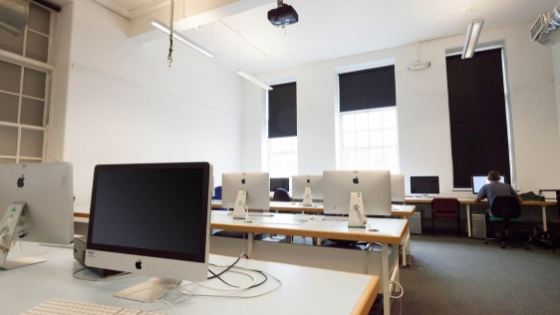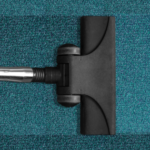
In today’s world, buildings are built with impressive designs and fabulous concept ideas but they often neglect the occupants’ minds on comfort, practicality and convenience. Every decision on designing and maintaining the facility are being made by the building design team, building owners, facility management and facility managers. Their decisions impact the occupants’ experience, so it is crucial to be conscientious about such decisions and changes to designs. Here are several ways where you are not only improving the occupants’ comfort but the peak efficiency of the facility as well.




